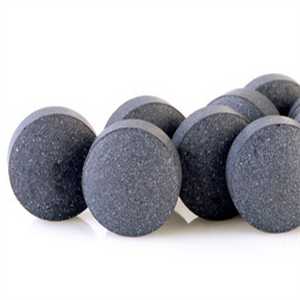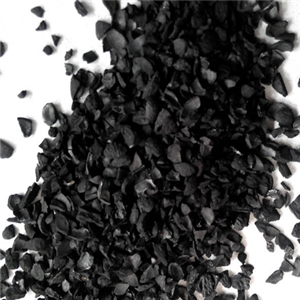Activated carbon
Main mechanism of activated carbon
Domestic development of activated carbon
Market demand of activated carbon
See more "activated carbon" franchise projects
“ Activated carbon ”Related franchise projects
-
Products: Activated carbon Number of stores: ninety-eight -
Investment amount: -
50000~100000 yuan
-
Consultation: -
zero people
-
Requested: -
one thousand and two people
Refreshing activated carbon Shinan District, Qingdao, Shandong Province -
-
Products: Activated carbon Number of stores: one hundred and twenty -
Investment amount: -
100000~200000
-
Consultation: -
zero people
-
Requested: -
one thousand one hundred and eighteen people
Shanshan activated carbon Gongyi City, Zhengzhou City, Henan Province -
-
Products: Activated carbon Number of stores: forty-three -
Investment amount: -
100000~200000
-
Consultation: -
zero people
-
Requested: -
nine hundred and fifty-nine people
Yuanli Activated Carbon Headquarters Gulou District, Fuzhou City, Fujian Province -
-
Products: environmental protection Number of stores: one hundred -
Investment amount: -
200000~500000
-
Consultation: -
zero people
-
Requested: -
one thousand and thirty-six people
Jialimei activated carbon Baixia District, Nanjing City, Jiangsu Province -
-
Products: Air purification Number of stores: fifty-nine -
Investment amount: -
100000~200000
-
Consultation: -
zero people
-
Requested: -
one thousand one hundred and ninety people
Qiaobo activated carbon Tianxin District, Changsha City, Hunan Province -






